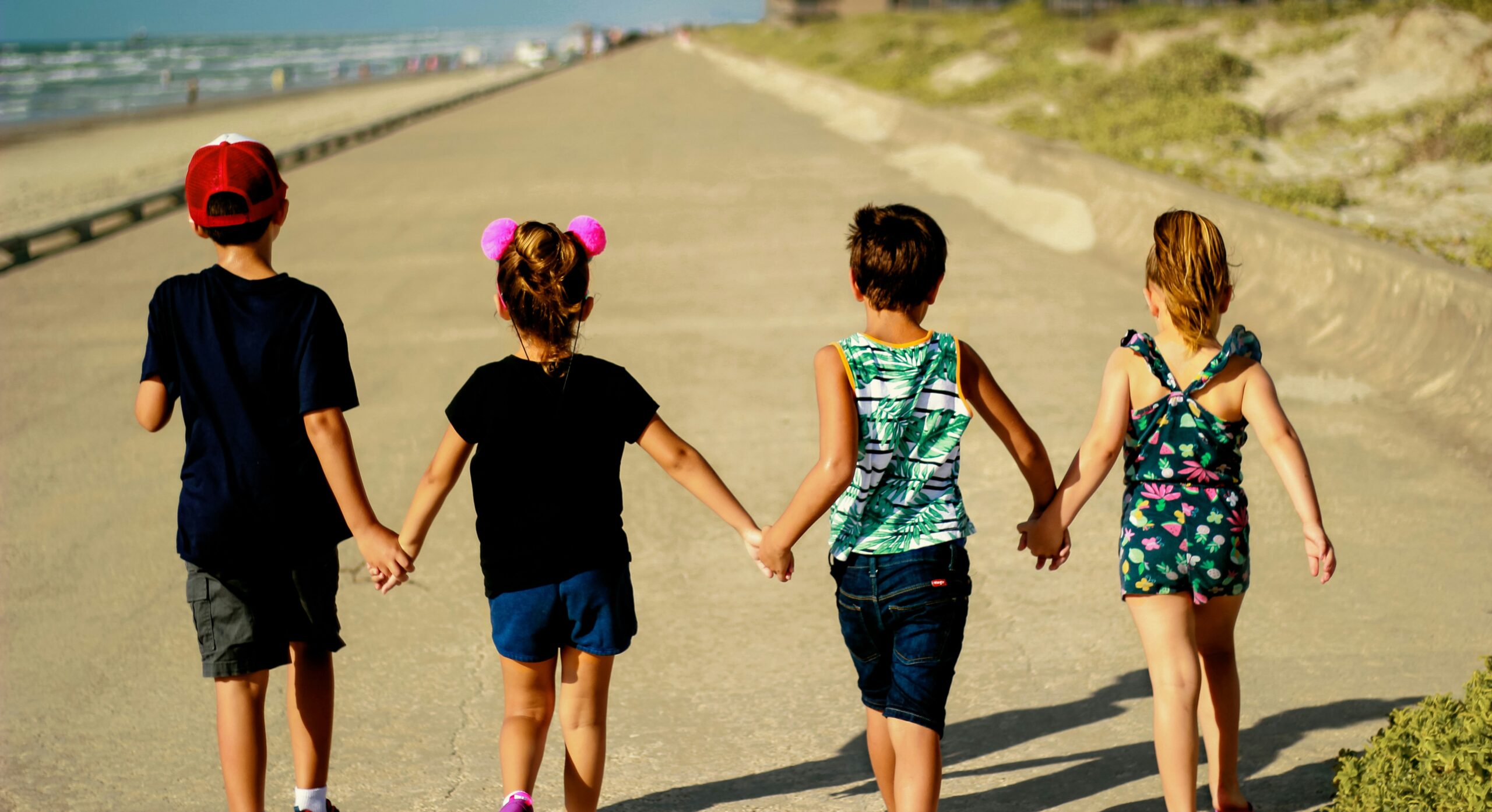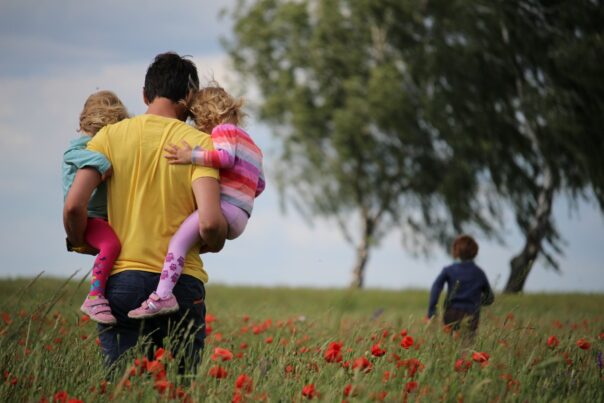
Blog
How The Imagine Project Helps Improve—and Even Stop—Bullying
Bullying continues to be one of the most pervasive challenges facing children and teens today. Whether it happens in school hallways, online, or on playgrounds,

Bullying continues to be one of the most pervasive challenges facing children and teens today. Whether it happens in school hallways, online, or on playgrounds,

Grief is a heavy emotion, and when kids experience it, it could make their life more challenging. As adults who love and care for them,

Most adults and children feel anxiety at some point in their lives. Unfortunately, the incidence of anxiety has increased over the last decade, and dramatically




Join our community to get the latest tips, exclusive offers, and updates straight to your inbox. Don’t miss out—subscribe now and be the first to know!